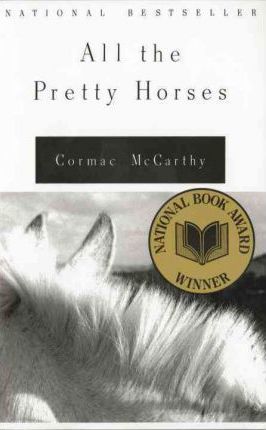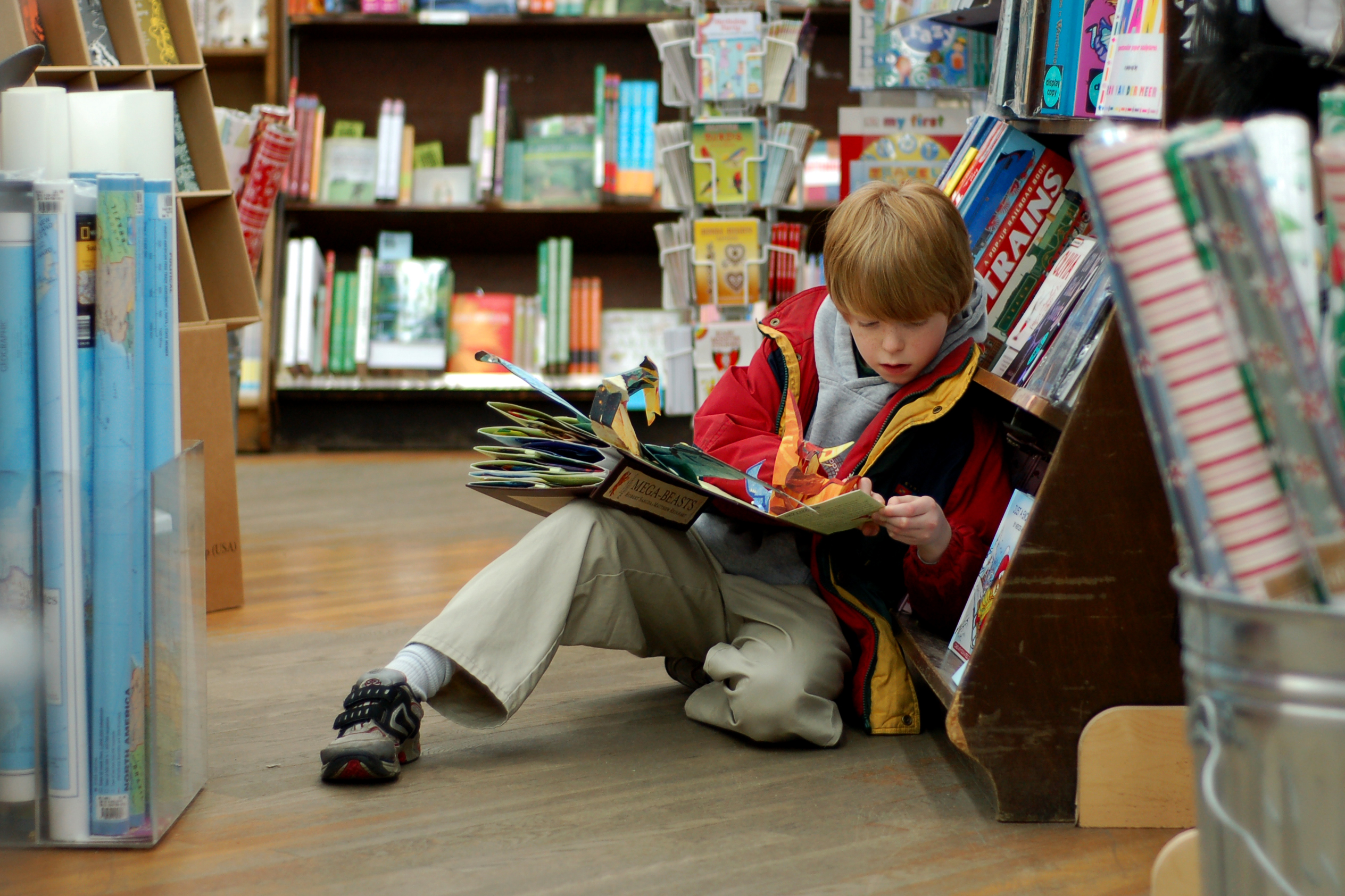Why are you teaching To Kill a Mockingbird?
Most of the time, when I ask this question, I get the answer that it is an important text. Students need to read it because of its place in the American canon. If not the canon, the response is the importance of the lessons of the book. After hearing the response, I went back and re-read the text. What I found is much better stated in this piece by Julia Franks writing for the National Council of Teachers of English. Franks points to the central metaphor, the titular mockingbird, and how it applies to people with mental illness and dealing with addiction. Or, Franks points out, it is applied to people of color, most notably Tom Robinson. These groups don’t hurt anyone, readers are told. They simply “make” music to make our lives better. If the argument for TKAM is the lessons it teaches, surely we can do better than a lesson that shows readers people in historically-marginalized groups still in the margins and as passively and flatly as possible.
This is to say nothing of the text’s furthering of the white savior narrative in its positioning of Atticus as so important a figure that his mere passing by requires the African Americans — who have had to function only as bystanders to systemic violence and oppression throughout the story — to stand.

Taken separately or together, these issues build an argument that the lessons of TKAM work against its inclusion. They also start to work against the argument for inclusion based around the idea of its status as an “important text.” To consider this claim, I look to Elizabeth Vallance’s 1974 article “Hiding the Hidden Curriculum.” In her introduction, Vallance writes:
Recently we have witnessed the discovery-or, rather, we have heard the allegation, for the issue is cast most often as criticism-that schools are teaching more than they claim to teach, that they are doing it systematically, and doing it well. A pervasive hidden curriculum has been discovered in operation. The functions of this hidden curriculum have been variously identified as the inculcation of values, political socialization, training in obedience and docility, the perpetuation of traditional class structure-functions that may be characterized generally as social control. Critics allege that, although this function of social control is not acknowledged openly, it is performed nevertheless, perhaps more effectively than the deliberate teaching of intellectual content and skill, the function in whose name we explicitly justify schooling.
Vallance’s work leads to a questioning of the if-not-hidden-then-implied curriculum at work in the compulsory reading of TKAM in our classrooms. Even if we are calling upon the text for its explicit lessons of choosing to do what is right when it is uncomfortable, or that society is more complex than we may initially understand, these lessons cannot be divested from the text’s implied curriculum. What lessons about expectations of the place of mental illness or addiction are we implicitly teaching through the requirement of TKAM? What systems of hegemony, expected roles for people of color, and implied support of those systems are we passing to our students when we say, “This book must be read?”
Think also, as Franks and others have noted, of the frequency with which our students engage, as readers with characters of color, varying socio-economic statuses, varied genders, or LGBTQIA identities? In a school year, Mayella Ewell may be the only character students see who lives in poverty. Lee’s portrayal of Mayella does nothing to fight against stereotypes of people living in poverty. To the contrary, a shallow reading of the character suggests people in poverty are dishonest. Go deeper, and the dishonesty of poor southern whites is the result of incest. If Calpurnia, Tom Robinson, and the African American audience at Tom’s trial are the only African Americans or people of color with which students interact in a text throughout a year, what are the implied lessons of this essential text? Passivity. Respect for the educated white man. Relegation of people of color to sit and watch while a select group of white people challenge systems of racism on their behalf. The requirement of impossible purity of character to act against injustice.
These are not the lessons we would explicitly teach children. If this is so, then we must be more on guard against implicitly passing these ideas along as truths. What goes unexamined or is understood as condoned through silence shapes how our students understand and interact with one another and the world.
How might we, then, escape these unintended consequences of some of canonical literature’s most pernicious lessons? First, let’s stop teaching books and start teaching children to consider big ideas and essential questions and to use texts of all types as lenses to examine those ideas and questions. Give our students choice of texts. Something along the lines of, “Choose a text with a protagonist with a point of view markedly different from yours,” can be a starting point. If TKAM finds its way into students’ hands via this challenge, all the better, because we will not only be reading the text, but questioning it as well. Rather than deifying a written work, have our classrooms be places of constantly asking, “What does this text get right? What does it get wrong? And, what makes us think that?”
If comedian Hannah Gadsby is correct and “You learn from the part of the story you focus on,” then it is incumbent upon us to be as thoughtful as we can in the stories we choose to tell and have our students read.




 I struggle mightily every day not to scream, “Stop making everyone read the same damned book!”
I struggle mightily every day not to scream, “Stop making everyone read the same damned book!” “Do me a favor,” I say, “and close your eyes. I’m going to ask you to visualize something. If I told you you’re visiting a school with a healthy culture of reading and writing, I want to you visit it in your imagination. Start with the lobby or entryway. Notice everything you see and hear as you walk through.”
“Do me a favor,” I say, “and close your eyes. I’m going to ask you to visualize something. If I told you you’re visiting a school with a healthy culture of reading and writing, I want to you visit it in your imagination. Start with the lobby or entryway. Notice everything you see and hear as you walk through.”

